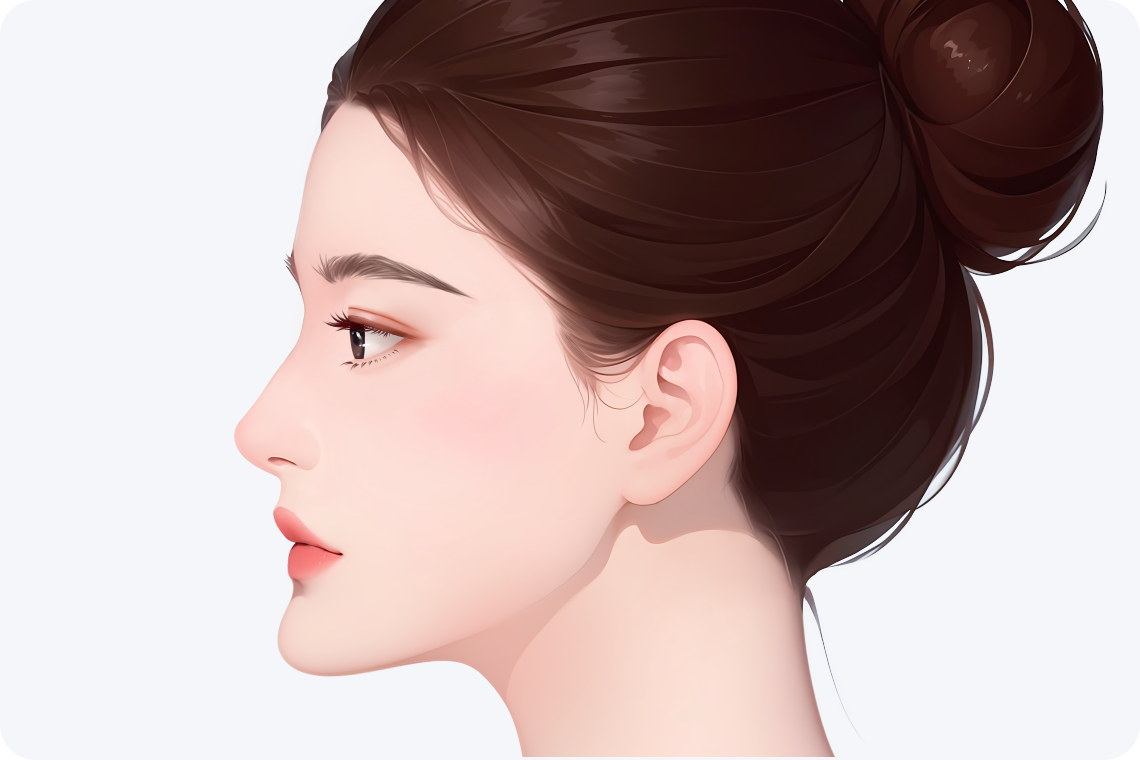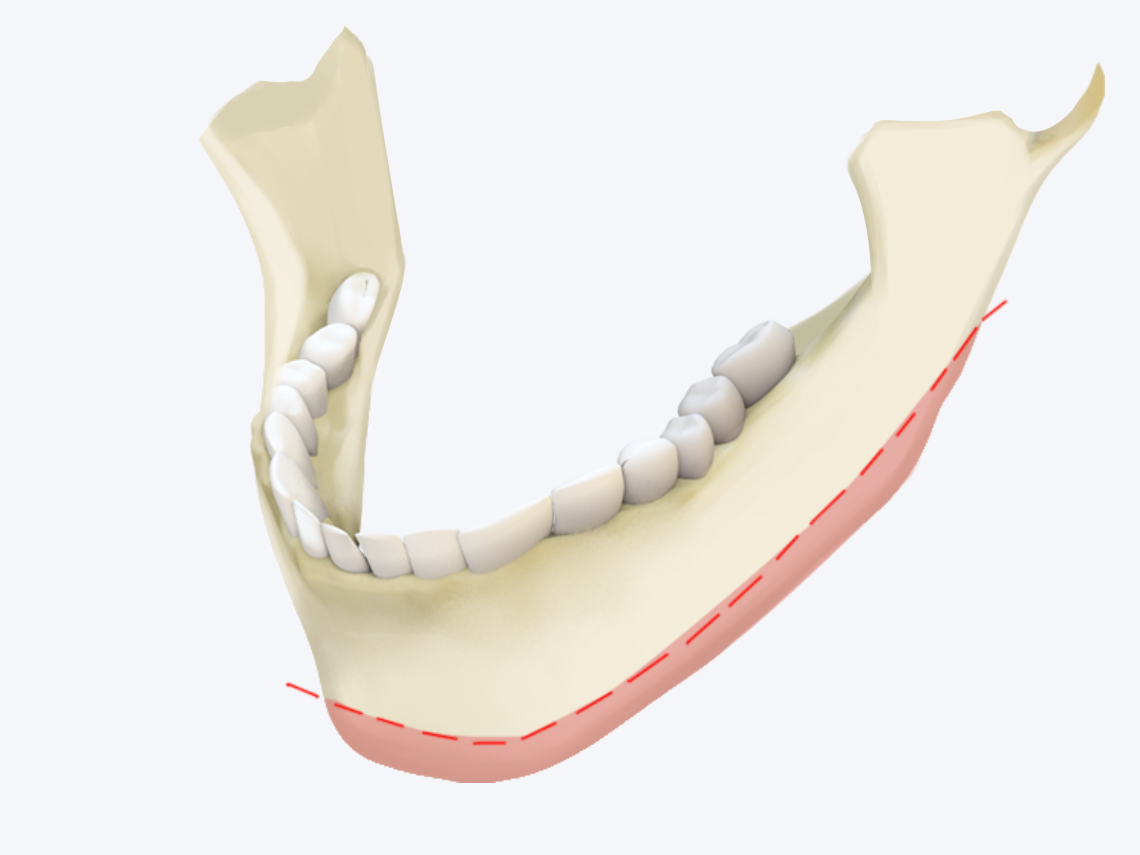How to correct a protruding chin
In general, a protruding chin may be caused by factors such as congenital developmental abnormalities, poor chewing habits, jaw muscle imbalance, maxillary retrusion, or dental malformations. If the protruding chin is due to不良 chewing habits, improvement can be achieved by correcting these habits. If it results from dental malformations, orthodontic treatment with braces is usually recommended. For cases where conservative methods are ineffective or when the protrusion is caused by other underlying reasons, surgical intervention is often considered, such as genioplasty or mandibular angle reduction surgery. If necessary, it is advisable to seek medical attention promptly, determine the exact cause, and undergo appropriate treatment under the guidance of a qualified physician.
Example images of symptoms:

Analysis of causes for a protruding chin:
Cause |
Congenital developmental abnormality |
Poor chewing habits |
Jaw muscle imbalance |
Maxillary retrusion |
Dental malformation |
Explanation |
Abnormal development of the mandible may lead to a protruding chin |
Frequent unilateral chewing or consuming hard-to-chew foods may affect mandibular development |
Improper balance of jaw muscles, possibly caused by incorrect chewing habits or bite issues |
Maxillary retrusion due to facial trauma, osteomyelitis, malnutrition, etc., may make the chin appear more prominent relative to the forehead |
Protruding teeth may create the appearance of a protruding chin |
Solutions |
Genioplasty |
1. Adjust chewing habits |
Mandibular angle reduction surgery |
Mandibular angle reduction surgery |
Orthodontic correction with braces |
Analysis of surgical procedures for a protruding chin:
Procedure Name |
Genioplasty |
Mandibular Angle Reduction Surgery |
Example Image |
 |
 |
Principle |
Adjusts the position and shape of the chin |
Surgically removes part of the mandibular angle |
Reference Cost |
10,000–30,000 RMB per session |
20,000–30,000 RMB per session |
Advantages |
Relatively less invasive |
1. Improves jawline contour |
Potential Risks |
1. Technically challenging surgery |
1. Possible local nerve damage |
Avoid long-term habits such as unilateral chewing. Additionally, get adequate rest after surgery and avoid strenuous physical activity to promote recovery.











